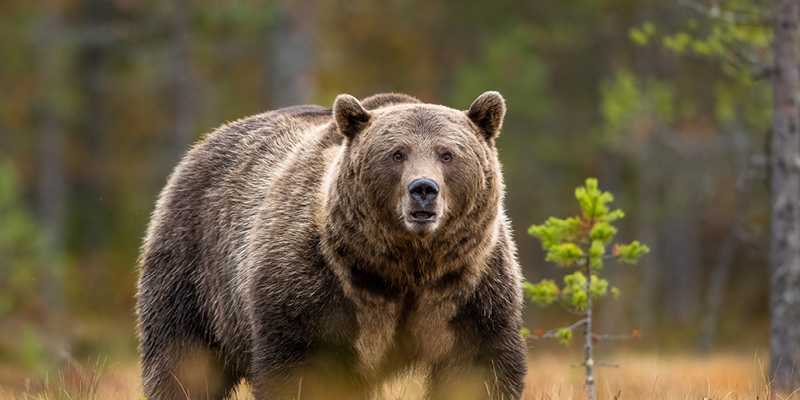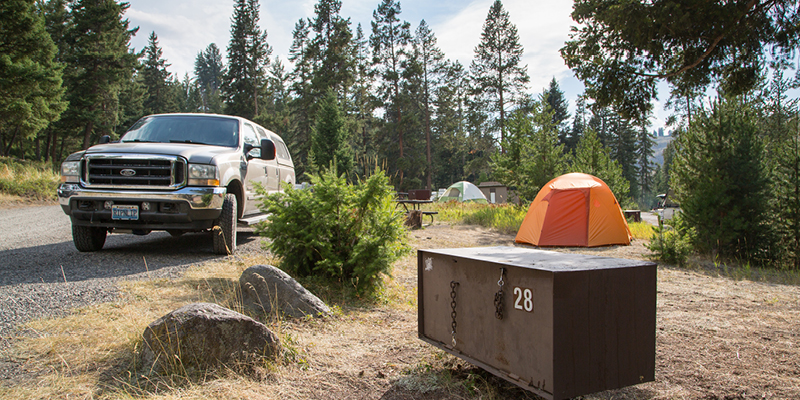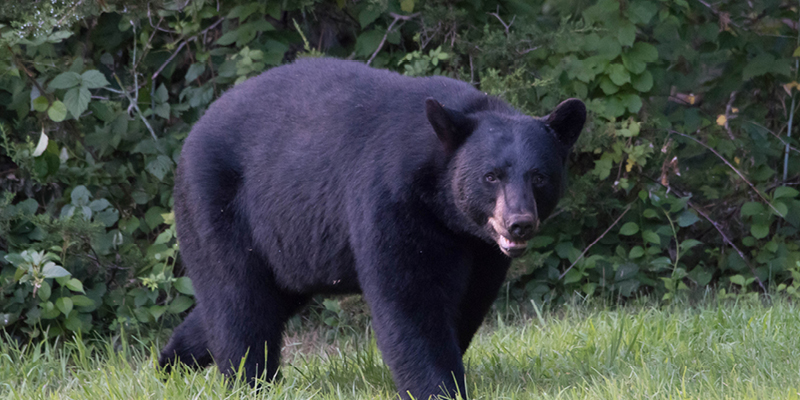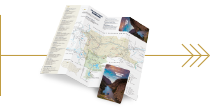Recreating in Bear Country

It's always a sign of spring when the first grizzlies emerge. It starts with the males in March, weather-dependent, followed by the females and their cubs in April and May. When bears emerge from hibernation, they are hungry and begin feeding on elk and bison carcasses from animals that pass over the winter. Bears will react aggressively to encounters with people when feeding.
Recreating in Montana's Yellowstone Country can be unlimited, but knowing how to handle yourself in bear country is essential.
Bear Management Areas
Bears are managed much differently today than in the past. There was a time when bears were allowed to eat human food out of garbage dumps and were regularly fed by Yellowstone Park visitors and staff. In 1970, a new bear management plan was implemented to protect and maintain the natural populations.
Today, bear management in Yellowstone is so successful that it is one of the few areas in the Greater Yellowstone Ecosystem where most bears die of old age rather than human interactions. This strategy includes "bear management areas (BMA)." Wildlife biologists designate these areas where grizzlies seasonally concentrate and where there is a high density of carcasses. Restrictions are put in place in these areas to help protect bears and increase visitor safety. They can include area closures, trail closures, minimum group size recommendations, day-use only, or no off-trail travel.
Recently, Yellowstone designated 16,453 acres on the West side of the Grand Loop in Hayden Valley a BMA. This restriction prohibits off-trail travel from July 15-Sept. 15 each year. Hayden Valley has a high density of grizzly bears, especially in the summer when they can be found scavenging on bison carcasses.
Visitors should read Bear Management signs carefully.
 Bear-Safe Food Storage Bins, Photo courtesy National Park Service
Bear-Safe Food Storage Bins, Photo courtesy National Park Service
Camping in Bear Country
Camping is one of the main draws to this region and with due reason. The mountains, rivers, trails, and lakes are stunning, and plenty of elbow room remains. Bears shouldn't be a deterrent to camping; generally, they prefer to avoid humans as much as we like to avoid them. But a bear's sense of smell is powerful, and they often navigate with scent, looking for food.
To keep from attracting bears, there are several things to remember:
- Anything "smelly" should be locked away in your vehicle or a bear-safe storage container, hung in a tree at least 100 yards away from where you are sleeping. Keep food and anything with a scent out of your tent.
- Keep garbage in a bear-resistant bin, and keep it in your car. Do not bury or burn your trash, including food waste.
- Dishwater is like soup to bears, full of floaters, oils, etc. If there is a toilet nearby, dispose of the used water there, or if you're in the backcountry, pour it at least 100 years from where you are sleeping.
- Don't wear the clothes you cooked and ate in bed. Secure your clothing with your other "smellies."
- If you are fishing, clean any fish you keep at the river or lake, never at your campsite.
- Cosmetics, toiletries, soap, lotion, sunscreen, and toothpaste all have smells and should be secured when asleep or away from camp.
Hiking, Biking, Running, or OHV Riding
Bears do not like to be surprised, and if you make your presence known, they will often leave before you even see them. There are some things to keep in mind when recreating in bear country.
First, be aware, carry bear spray, and learn how to use it. Travel in groups and make a lot of noise so as not to surprise them. Mountain bikers, trail runners, or OHV users should know that anyone traveling quickly can surprise a bear.
Watch for signs of bears such as bear scat, diggings, torn-up logs and turned over rocks, and partly consumed animal carcasses.
Avoid being out at night, dusk, and dawn, as bears are most active. Do not approach carcass sites. Stay alert and watch for bear activity or signs at all times.

Bear Encounters
Both grizzly and black bears can pose a threat. If you encounter a bear, be aware of their behavior and how you react to it. If they are quietly grazing, you can back away slowly and get out of their way. If they stand up, they are likely trying to see what the threat is, and if the bear is shaking their head or appears agitated, they likely are.
Running can incite a bear's predatory response and spur it to chase you. Don't attempt it; bears can run up to 30 mph, or 44 feet per second. If you are charged, first deploy your bear spray. If that doesn't work, there is an old bear saying, "If it's black, fight back. If it's brown, lay down." In other words, if a grizzly bear attacks you, lay down on your stomach and protect your head as much as possible. If a black bear charges you, fight back.
You can learn more about bear safety at Montana's Fish Wildlife and Parks or Yellowstone National Park.
For those who want to learn more about bears and other wildlife behavior, Montana's Yellowstone Country has several wildlife sanctuaries to explore.


